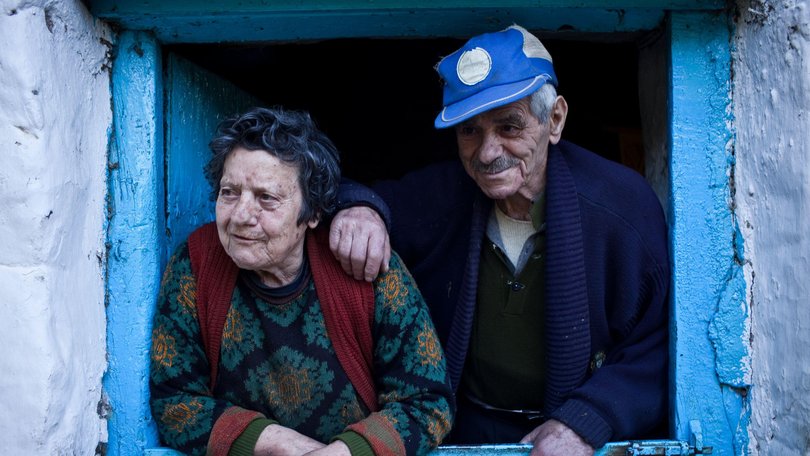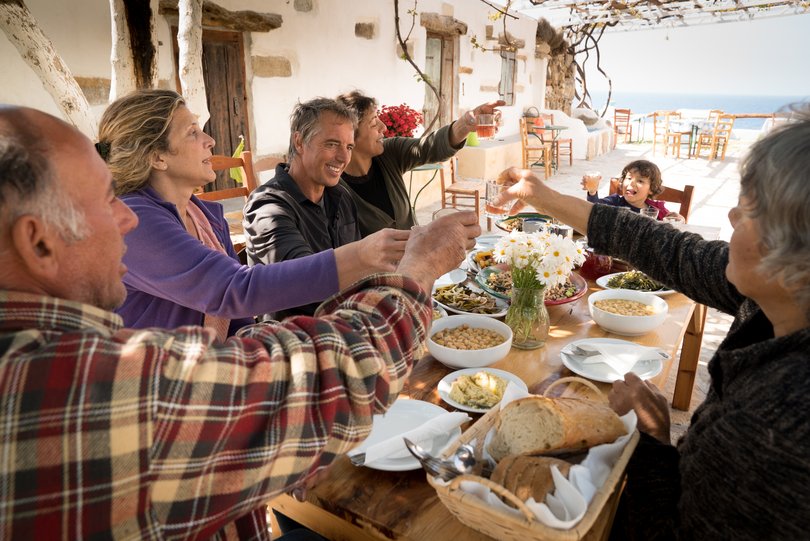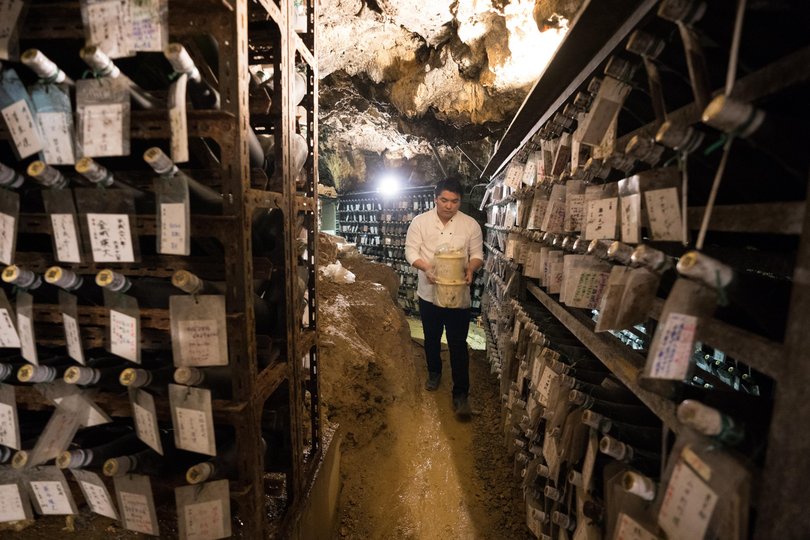Blue Zones travel guide: Where the world’s longest-living people hold the secrets

Fountain Of Youth myths go back to the birth of storytelling.
European alchemists were sculling elixirs of life by the 13th century while the cryonics movement became sexagenarian last year. In other words, our fixation with immortality spans human history with the quest to stave off the three d’s – deterioration, demise, decomposition – set to be a $US9 trillion ($13.5t) industry by 2028, according to the Global Wellness Institute.
DNA-based dietary regimes, ice baths, vibrational therapy, Zombie cell elimination — all of these are on the menu at longevity clinics springing up all over the developed world.
More pragmatic would-be Methuselahs, though, are turning to an altogether folksier source of inspiration: The Blue Zones.
ROAM. Landing in your inbox weekly.
A digital-first travel magazine. Premium itineraries and adventures, practical information and exclusive offers for the discerning traveller.
By continuing you agree to our Terms and Privacy Policy.What the hell are the Blue Zones? Glad you asked. These are, to put things simply, the world’s five healthy hotspots — those that boast exceptional levels of wellness, and uncanny concentrations of centenarians, despite being inhabited entirely by folk who couldn’t distinguish Quorn from quinoa, or a Fitbit from a Fenix.
The Blue Zones are — tracking from west to east — Loma Linda, a city that’s home to a significant Seventh-day Adventist community in California; Nicoya, in the Guanacaste province of Costa Rica; Sardinia, Italy; the Greek island of Ikaria; and Okinawa, 650km south of the main Japanese island of Kyushu.
The story of their rise to prominence amongst wellness fanatics begins in the early 2000s when a a team of demographers, scientists and anthropologists — led by American explorer Dan Buettner — set out to discover why certain communities seem less inclined to shrug off Shakespeare’s proverbial mortal coil. (Disappointingly, the blue part of the name has nothing to do biologically hard-wired associations of calmness, stability, and trust: it’s simply the colour of the sharpies with which the team circled areas of interest.)
A 2005 National Geographic article titled The Secrets Of A Long Life, brought the phenomenon to the world’s attention, and what began as a quirky academic pursuit has since hatched into a multibillion-dollar brand: not to mention a Netflix series, several books, countless product partnerships and a flurry of coattail-clutching by marketing types the world over.

In essence, The Blue Zones share common lifestyle denominators, referred to by Buettner et al as Power 9. These span from plenty of natural movement to being part of a strong social circle, via sticking to a mostly plant-based diet, stopping eating before being full, drinking alcohol moderately, harbouring a life purpose, destressing constantly, adhering to a faith and prioritising loved ones.
Not quite routine day-today living for us booze-binging rat-racers.
“Yes, the developed world can make living the Power 9 feel like swimming upstream,” Buettner tells ROAM. “We’re surrounded by marketing nudging us toward processed food, schedules that leave little time for family dinners, and communities where people are more likely to wave from a car than stop to chat.”
There is plenty though, according to Buettner that we can embrace from the Blue Zones lifestyle.
“Even in a busy, urban, or highly industrialised setting, you can engineer your surroundings to support wellbeing,” he says. “Stock your kitchen with whole, plant-based foods and make them visible and easy to grab. Set up your home so that you naturally move more — put the TV remote across the room, choose stairs over elevators, walk or bike for short trips. Build in opportunities for connection, join a walking group, or simply schedule standing catch-ups with friends. It’s about making conscious, sustainable changes that quietly stack the odds in your favour for a long, healthy life.”

As well as the commonalities, the Blue Zones offer their own unique health-boosting lifestyle habits. How easy are those for outsiders to adopt? It’s a mixed bag. The wholesome, calcium-rich water from limestone aquifers enjoyed by the Nicoya Peninsula dwellers is tricky to come by; the antioxidant-rich Cannonau wine Sardinians drink with meals easier to locate if you have a nearby supermarket (while there, you might pick up some rosemary, wild mint or dandelion tea, taking your cue from the denizens of Ikaria).
Emulating the Okinawans’ Confucian-inspired practice of eating only until you feel around 80 per cent full might breach etiquette at dinner parties, while dabbling with their Moai tradition could take some explaining at parents’ evenings.
“A child’s Moai is their tiny close-knit social support group,” Australian Blue Zone expert Tim Crowe tells ROAM. “You have your friends but you also have this separate little peer group that you travel through life with, so it’s an additional layer of social connection.”
But the Blue Zones’ common denominators are, even for us denizens of the hyper-developed world, there for the taking — including the spiritual beliefs part, however entrenched one’s agnosticism.
“With strong religious belief comes a greater sense of purpose and additional layers of community connection,” says Crowe, “but that doesn’t mean you have to find God. You can find it in nature, humanity, humanism, whatever you want to call it — but you have to find a tribe. You can’t just do it on your own.”

Unsurprisingly, the Blue Zones have also caught some conjecture — talk of statistical flaws often gatecrashes the conversation, so too, a very basic argument around genetics is often unfurled.
“One of the biggest (misconceptions) I hear is, ‘They must just have good genes’,” states Buettner. “But only about 20 per cent of how long we live is dictated by genetics. The rest is up to us. Another common misunderstanding is that these environments have to be postcard-perfect — by the ocean, in the mountains, or surrounded by pristine farmland. The magic of The Blue Zones isn’t in a specific geography — it’s in the way the community is organised and the cultural norms that have evolved there.”
If the idea of soldiering on with life long after the credits should have rolled doesn’t appeal, consider this: quality of life in your latter years is also on offer, along with the late check-out. “People in the Blue Zones don’t have years and years of severe chronic disease; if you look at rates of dementia in the Blue Zones, they can be as little as half,” says Crowe.
All of this leads to a point that Buettner bangs on about and which aligns to ROAM’s travelling ways — because the US researcher and explorer is a fierce advocate for visiting the Blue Zones.
“When you walk through a Sardinian village and see three generations sharing a meal, or you join an Okinawan Moai for tea, you don’t just learn the principles — you feel them,” he says. “You witness the pace of life, the daily rituals, and the unspoken social contracts that keep people connected and moving.”
For those wanting to dive into the blue, the options are plentiful.
The beachfront Hotel Nantipa, in the heart of Santa Teresa on the Nicoya Peninsula, offers a Blue Zone Wellness Experience, as does Hoshinoya Okinawa — the latter’s being a more culinary-focused immersion into the locale’s mortality-busting creds.
Buttner recommends Thea’s Inn on Ikaria (“my home base while on the island – a magical experience”); visitors to Sardinia might like to take the hire car up the mountainous regions of Ogliastra or Barbagia early afternoon, making it back to one of Cagliari’s plusher hotels for a chickpea gnocchi dinner. Elsewhere, Loma Linda is a mere 90km east of central LA and its abundance of accommodation offerings.
Just be sure to pack plenty of curiosity and open-mindedness along with your swimmers and, given Power 9’s emphasis on mental health, the word blue could soon take on a life-enhancing new meaning.
